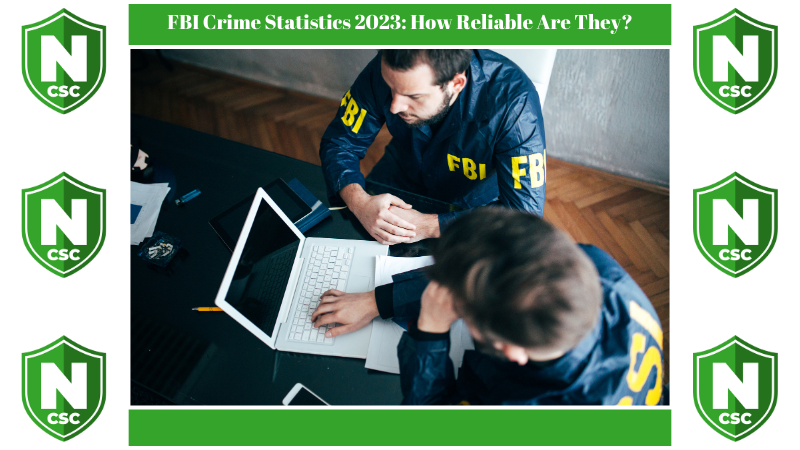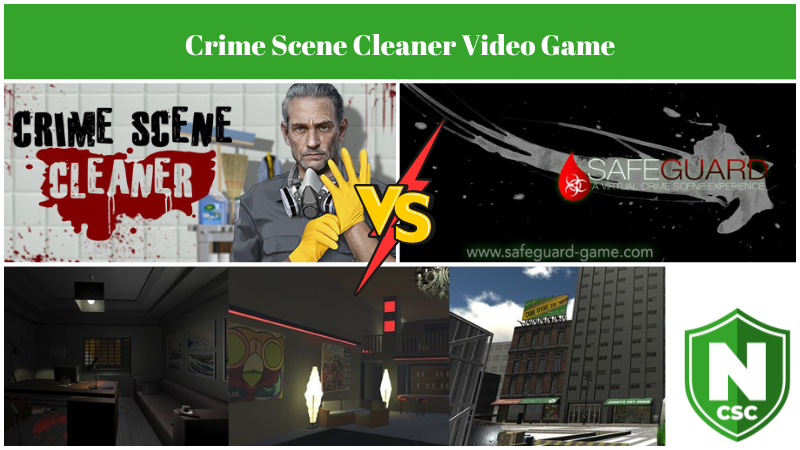Yes, Prostitution Crime Statistics Affects Everyone–Even You!

Prostitution, or human (sex) trafficking, is difficult to study because of its illegality. There are studies that have tried, but many are questionable or distorted. In order to have accurate analytics, you’d need a mostly honest sample, which is just not easy to collect.
While this makes the topic tricky to cover, it still requires discussion. Regardless of whether or not it’s a victimless crime, it affects crime statistics overall, and it is something we see too frequently in our clean ups. Prostitution is a common hotel crime that leads to other crimes as well.
Common prostitution abuse situations include:
- Homicide
- Domestic Violence and Physical Assault
- Sexual Violence and Assault (including Rape)
- Theft
- Drug Abuse
This makes sex work a high risk, dangerous job, right with crime scene cleaners or the fatal four.
How Many Prostitutes Are Killed Each Year?
As of 2021, the prostitution death statistics is 204 out of every 100,000–almost more than twice the risk of “Johns” (or male paying customers). While studies reflecting true opinions are challenging to get an accurate representation of, the mortality rate of prostitutes is slightly easier to collect because of case records kept by law enforcement.
It’s common enough to surface in the news, as we’ve seen in famous cases such as:
- The Craigslist Killer
- The Long Island Serial Killer
- The Lululemon Murder (later evidence suggests Brittany Norwood may have been a sex worker)
What is unclear, however, is how many of these deaths were as a result of drug abuse or other complications.
Physical Assault and Domestic Abuse Rates Are Also High
These abuse statistics are even more challenging to collect, mostly because sex workers don’t want to report the incident to avoid incriminating themselves. There’s also the issue of how law enforcement perceives and mitigates domestic violence calls, even with cases that don’t involve other violations.
Estimates based on the incidents that do get reported (usually by a third party) approximate physical assault affects the average sex worker at least once a month.
The Sexual Violence Rate Varies, However
Rape, sexual assault, and of course sexual harassment are just few of the dangers sex workers face. The incidents vary greatly depending on where the sex worker frequents. Outdoor sex workers face more coercion, rape, and sexual harassment than those that work in strip clubs or brothels. Here’s a breakdown of how sexual violence varies between indoor and outdoor workers:
| On the Street | In Brothels/Strip Clubs | |
| Attempted Rape | 28% | 17% |
| Nonconsensual Oral Sex | 17% | 3% |
| Nonconsensual Anal Sex | 5% | 6% |
| Nonconsensual Vaginal Sex | 22% | 2% |
Source: Church, S et al. “Violence by clients towards female prostitutes in different work settings: questionnaire survey.” BMJ (Clinical research ed.) vol. 322,7285 (2001): 524-5. doi:10.1136/bmj.322.7285.524
High Vulnerability to Theft and Robbery
Both indoor and outdoor workers are highly visible to theft and robbery, but especially outdoor sex workers. Street prostitutes are 27% more likely to face robbery than workers in clubs or brothels and 26% have faced an attempted robbery, according to the study by Church.
Remember, it’s difficult to report these incidents when human trafficking is involved. Reporting the crime means possibly incriminating themselves. In turn, an unsuspecting bystander or later victim might encounter a similar situation in the public building where the solicitations took place. This is especially true of low quality motels and unpatrolled neighborhoods, where transactions are easier to take place.

Not only are sex workers exposed to more opportunities for drugs on the street, but they also deal with more violence. (Photo Courtesy Wilfredor)
Drug Abuse Rates Very High Among Street Workers
Although it may have already been obvious, the most alarming numbers of Church’s study were the drug abuse. 49% of street workers reported injecting drugs in the past month in comparison to 3% in clubs/brothels. 63% worked the street to pay for drugs, whereas a majority of strip club and brothel workers work to make a living.
Are drugs the gateway to the streets?
Although for some it may be, Brenda Myers-Powell’s legacy tells a different story. Brenda, a minority African American growing up in West Side Chicago in the 1970s, fell into prostitution due to poverty. Her family struggled to make ends meet which made it harder to get quality education and most of her family worked long days. In turn, it was difficult for her legal guardian (her grandmother) to protect and identify Brenda from child molestation.
So when Brenda, a single 14 year old mother of 2, saw women working the streets, she figured it would be no different than what she had already gone through. But her story–rife with severe mental and physical abuse–clearly showed it became much worse.
“I prostituted for 14 or 15 years before I did any drugs. But after a while, after you’ve turned as many tricks as you can, after you’ve been strangled, after someone’s put a knife to your throat or someone’s put a pillow over your head, you need something to put a bit of courage in your system […] I actually count myself very lucky. I knew some beautiful girls who were murdered out there on the streets.”
Break the Cycle for a Safer Community
It’s not clear how many women are trafficked daily, but we do know there is one too many. While prostitution is illegal, survivors need to know help is available. After Brenda had nearly been fatally killed from being pushed out of a car, she turned to local social services and eventually recovered. Her story is now the legacy behind the Dreamcatcher’s Foundation. She is also now happily married with a healthy lifestyle.
The National Human Trafficking Hotline brings the resources needed to those affected by human trafficking. Please help us spread awareness to these resources, if you or a loved one is currently going through similar, or if this article has moved you. Because of the challenges sex workers face, many predators and criminals get away without penalty. Just take Long Island Serial Killer for example, whom is still on the loose after murdering several confirmed prostitutes. This puts the entire community at risk.
Consider sharing this article to help make a difference. We need to help solve the problem at the root by bringing awareness. There is a way out.



